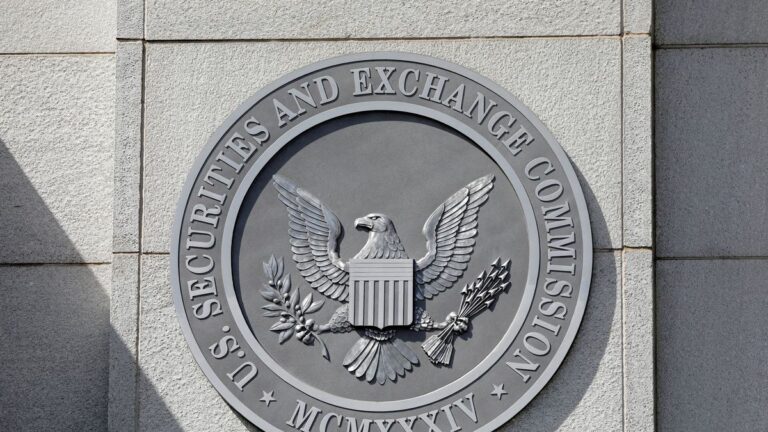In an era where the lines between finance and social media are blurring, the U.S. Securities and Exchange Commission (SEC) has taken a firm stand against private influencer marketing in the financial sector. The case involves VanEck Associates Corporation, a well-known company in the field of exchange-traded funds (ETFs), and has been fined $1.75 million. This penalty was imposed as a result of the company's failure to disclose the involvement of prominent social media influencer Dave Portnoy in promoting the VanEck Social Sentiment ETF (BUZZ).
The collision of influence and transparency
The crux of this controversy lies in Van Eck's omission. The firm introduced the BUZZ ETF without informing the SEC or the ETF's board of Portnoy's involvement or its unique fee structure based on the fund's size. This lack of transparency violates the Investment Company Act and the Investment Advisers Act, which emphasizes the importance of full disclosure in financial promotions. The SEC's findings revealed that such leakages can obscure a board's ability to accurately assess the economic impact of marketing strategies on a fund's performance.
Regulatory impact
For these violations, VanEck agreed to a cease-and-desist order, censure, and fine, marking a key moment at the intersection of social media and financial regulation. The company's consent to the SEC's order without admitting or denying the findings signals a shift toward increased compliance and oversight in the marketing of financial products. Moreover, his VanEck commitment to taking steps to prevent similar disclosure failures in the future speaks to the evolving landscape of financial marketing and the increasing scrutiny of its practices.
way forward
Despite this regulatory setback, VanEck continues to innovate in the ETF space. The company recently amended its Spot Ethereum ETF filing with the SEC and introduced cash generation and redemption mechanisms. The move, backed by the SEC's fine, illustrates the delicate balance that companies must maintain between aggressive marketing strategies and the strict regulatory environment governing financial disclosure. As the financial world increasingly intersects with digital and social media platforms, the Van Eck case serves as a wake-up call for other companies navigating this complex landscape.
In conclusion, the SEC's action against VanEck highlights the critical importance of transparency in the promotion of financial products. As the industry evolves, the role of influencers in marketing strategies will come under increased scrutiny. The VanEck case not only highlights the potential pitfalls of merging social media influence with financial marketing, but also sets a precedent for how regulators will address similar issues in the future. The challenge for the financial sector going forward is to find innovative ways to engage with audiences while adhering to the principles of disclosure and transparency that underpin investor confidence and market integrity.


